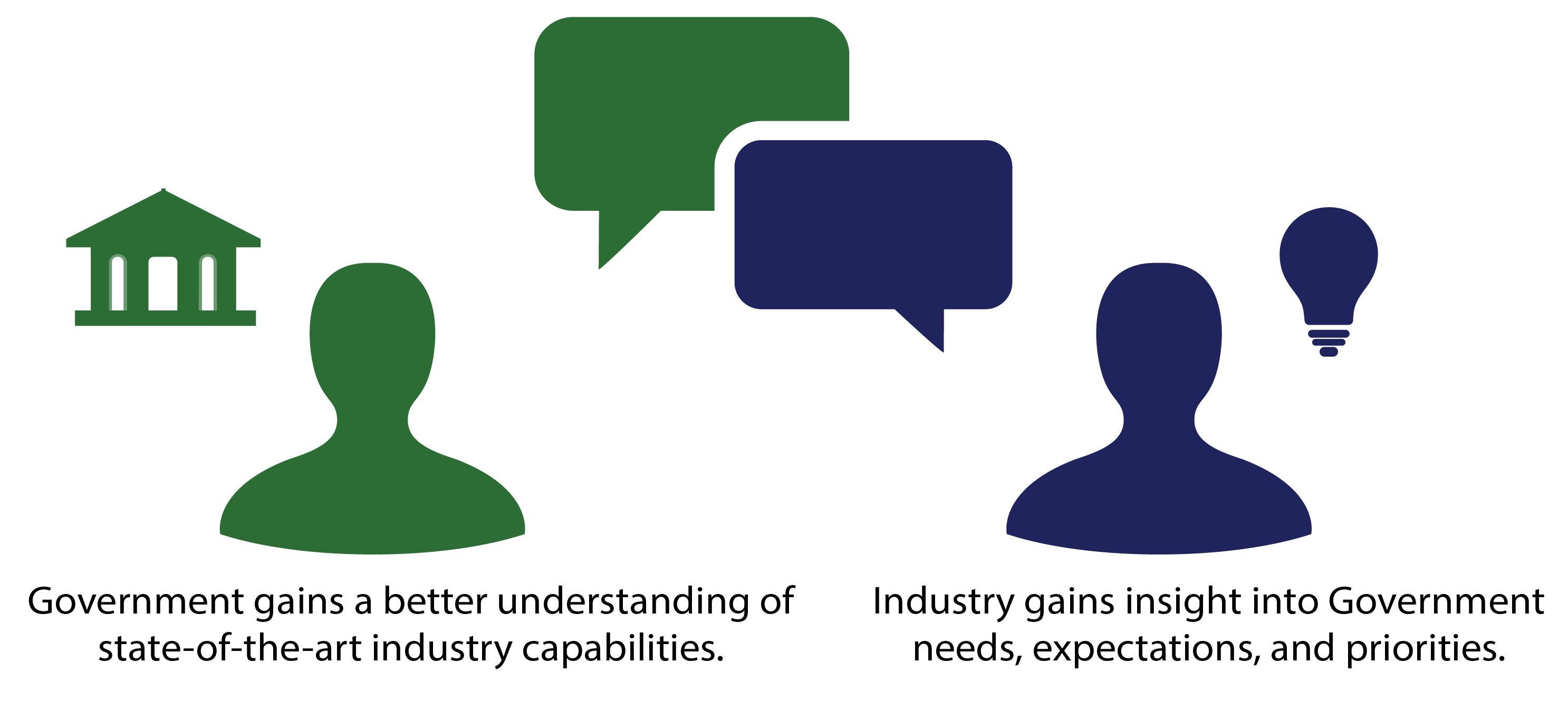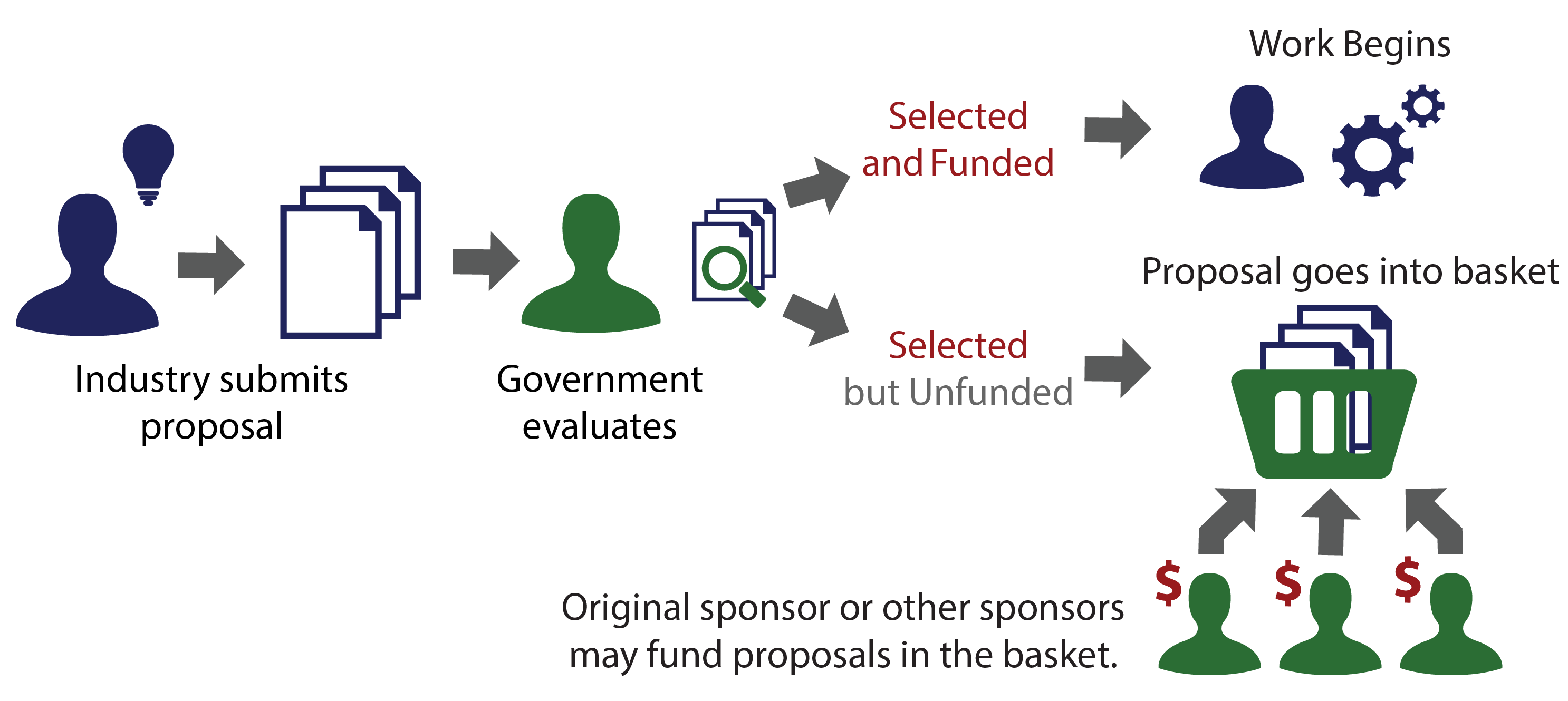WHAT IS AN OTA?
An “Other Transaction Agreement” or “Other Transaction Authority” (OTA) is a streamlined vehicle that brings innovative research findings and state-of-the-art prototypes from industry to the Federal Government. Congress created the first OTA as a contractual tool for NASA to acquire and apply breakthrough technologies at the advent of the Space Race. Today, OTAs enable fast acquisition of critically needed technologies in areas as diverse as armaments, satellites, medical devices, and electromagnetic spectrum technologies.
WHY DOES THE GOVERNMENT USE OTAs?
- Unlike the FAR (Federal Acquisition Regulation), the OT-based consortium model allows government and industry to communicate more openly, from requirement generation to the proposal stage
- It affords greater technology and prototype acquisition speed, getting solutions to end users sooner
- It emphasizes engaging a diverse range of technology suppliers of all sizes, casting a wider net for capturing ideas and innovations
- OTAs enable faster contracting through long-term agreements between industry and Government that establish baseline terms and conditions (with the flexibility for negotiated modifications on a project-by-project basis)
The OTA-Consortium enterprise is good government in action—the competition it promotes between large, traditional R&D providers, academic institutions, and small and nontraditional suppliers drives innovation across the entire US economy.

Open Communications = More Relevant Technology Solutions
THE BASKET PROVISION
The Basket Provision is another innovative acquisition tool that can be employed within OT-based Consortia. It is not uncommon for industry to propose technology development projects that cannot go forward due to a lack of available funding at the time the source selection decisions are made, despite being deemed valuable by the Government. It is also possible that proposed technology development projects may be valid and approved, but not necessary to accomplish immediate Government needs. In such cases, approved proposals can be held in the MTEC “electronic basket” for two years. This allows for subsequent award of the previously approved proposal in the event of emerging urgent needs, interest in the proposal by a different funding sponsor, end-of-year sweep-up funds or subsequent year funding availability. The provision also eliminates costly, time-consuming start-from-scratch responses to new requirements or funding opportunities.
WHY DO I WANT TO JOIN?
Unlike the FAR (Federal Acquisition Regulation), the OT-based consortium model allows government and industry to communicate more openly, from requirement generation to the proposal stage; it affords greater technology and prototype acquisition speed, getting solutions to end users sooner; and it emphasizes engaging a diverse range of technology suppliers or all sizes, casting a wider net for capturing ideas and innovations.

The Basket Provision preserves selected but currently unfunded projects until funding becomes available.

